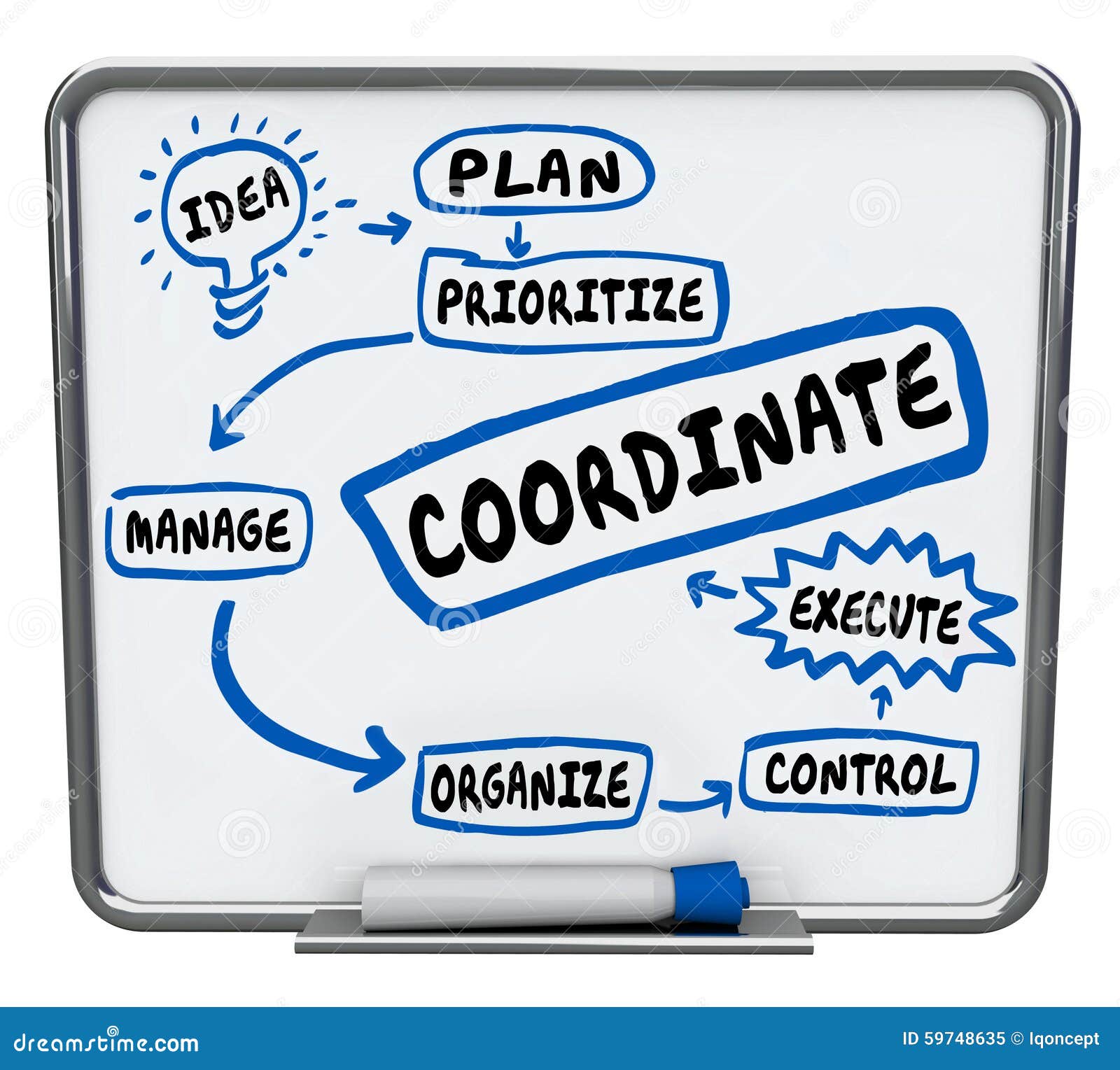As a community development worker and especially since co-founding the Bellbunya Community, I have been interested in the way workload and responsibility naturally seems to distribute itself in voluntary organisations. It appears to me that, in general, a small group of overworked people tend to carry the majority of the responsibility. At the other end of the spectrum, another small group of people rarely get beyond good intentions when it comes to sharing the workload and responsibility. The majority of people are willing to contribute as long as there is someone to coordinate and tell them what to do. As one of the small, overworked group at the centre of things, I have spent a lot of time wondering about how to more evenly distribute workloads and responsibilities, to make things more efficient and enjoyable and avoid resentment and burnout.
This downloadable document represents the best of my thinking so far and builds on a model used by the Americana Leadership College and explained to me by Paul Mischefski. It provides effective tools for simplifying coordination of tasks across numerous dimensions and for supporting people who would normally be followers to gradually and safely take on higher levels of coordination responsibility.
The system that I explain here is no silver bullet but, if applied diligently, it makes a big contribution towards a more equal sharing of the load. I provide examples from my community which you are welcome to adapt to your own needs. Its greatest weakness, as with all systems, is that it won't work unless people actually use it.
Download the
Work Coordination Manual for Community Organisations
